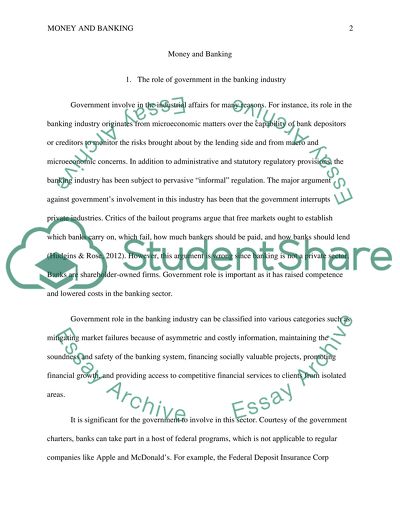Cite this document
(“Money and banking Book Report/Review Example | Topics and Well Written Essays - 1500 words”, n.d.)
Money and banking Book Report/Review Example | Topics and Well Written Essays - 1500 words. Retrieved from https://studentshare.org/finance-accounting/1460637-money-and-banking
Money and banking Book Report/Review Example | Topics and Well Written Essays - 1500 words. Retrieved from https://studentshare.org/finance-accounting/1460637-money-and-banking
(Money and Banking Book Report/Review Example | Topics and Well Written Essays - 1500 Words)
Money and Banking Book Report/Review Example | Topics and Well Written Essays - 1500 Words. https://studentshare.org/finance-accounting/1460637-money-and-banking.
Money and Banking Book Report/Review Example | Topics and Well Written Essays - 1500 Words. https://studentshare.org/finance-accounting/1460637-money-and-banking.
“Money and Banking Book Report/Review Example | Topics and Well Written Essays - 1500 Words”, n.d. https://studentshare.org/finance-accounting/1460637-money-and-banking.


